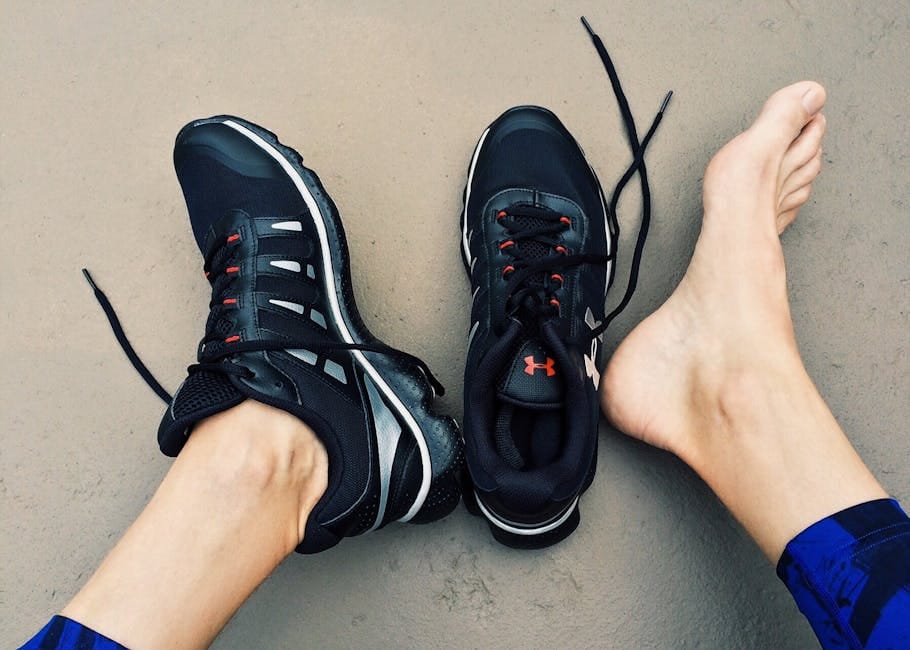How to Choose the Right Shoes for Caving
Caving, also known as spelunking in the United States, is a thrilling adventure that allows you to explore the hidden wonders beneath the Earth’s surface. However, the excitement of exploring underground caves comes with its own set of challenges, especially when it comes to choosing the right gear. Among the most crucial pieces of equipment for a safe and enjoyable caving experience are your shoes. This guide will walk you through everything you need to know about choosing the right shoes for caving.
Understanding the Importance of Proper Footwear in Caving
Before delving into specific shoe types, it’s important to understand why proper footwear is essential for caving. Caves often have uneven surfaces, slippery rocks, and unpredictable wet conditions. Wearing the right shoes can mean the difference between a thrilling adventure and a hazardous mishap. According to a study by the National Speleological Society, 35% of caving injuries are related to slips and falls, highlighting the critical role of appropriate footwear in ensuring safety.
Key Features to Look for in Caving Shoes
When selecting shoes for caving, there are several key features you should prioritize to ensure both safety and comfort.
Traction and Grip
One of the most important features in caving shoes is traction. The soles should have a strong grip to handle slippery and uneven surfaces. Shoes with Vibram soles, for example, are highly recommended due to their superior grip and durability, which are essential for navigating wet and rocky terrains.
Water Resistance
Caves are often wet environments, with water seeping through walls or pooling on the floor. Therefore, water-resistant or waterproof shoes are crucial. Materials such as Gore-Tex are commonly used in outdoor footwear for their ability to keep feet dry while allowing them to breathe.
Durability
Caving can be tough on footwear, so durability is key. Look for shoes made from robust materials like leather or high-quality synthetic fabrics that can withstand the rough conditions commonly encountered in caves.
Comfort and Fit
Long hours spent in a cave can be taxing on your feet. Therefore, the shoes you choose should offer adequate support and cushioning. Consider shoes with padded collars and insoles, and make sure they fit well to prevent blisters and discomfort.
Types of Shoes Suitable for Caving
While there is no one-size-fits-all answer to the perfect caving shoe, several types are well-suited for the activity, each with its own advantages and drawbacks.
Hiking Boots
Hiking boots are a popular choice for cavers due to their durability and ankle support. They tend to offer excellent grip and are often water-resistant. When choosing hiking boots for caving, opt for mid-to-high cut boots for additional ankle protection.
Approach Shoes
Approach shoes blend the features of hiking boots and climbing shoes, offering a balance of comfort, grip, and flexibility. They are a great option for those who need to tackle both hiking trails and rocky cave entrances. Approach shoes typically have a sticky rubber sole for superior traction.
Rubber Caving Boots
Specifically designed for caving, rubber caving boots are waterproof and provide excellent grip. They are often preferred for wet caves or those with deep water passages. While they may not offer as much comfort as hiking boots, they excel in environments where water resistance is paramount.
Additional Tips for Selecting Caving Footwear
In addition to choosing the right type of shoe, consider these additional tips to further ensure you have the best footwear for your caving adventure.
Test Before You Buy
Always try on shoes before purchasing. Walk around the store, and if possible, test them on an incline or a rocky surface to gauge their grip and comfort level.
Consider the Cave Environment
Research the specific cave you plan to explore. Is it a wet cave filled with water passages, or a dry cave with rocky terrain? This information can guide your choice in footwear.
Don’t Forget Socks
Socks play a crucial role in overall foot comfort. Choose moisture-wicking socks to keep your feet dry and prevent blisters. Wool or synthetic blends are often the best choices for caving.
Conclusion
Choosing the right shoes for caving is an essential step in preparing for your underground adventure. By prioritizing features such as traction, water resistance, and comfort, and considering the type of cave you’ll be exploring, you can significantly enhance your safety and enjoyment. Remember, the right footwear can make all the difference, transforming a daunting exploration into a memorable and exhilarating experience. So lace up with confidence and step into the mysterious world beneath the Earth’s surface.

